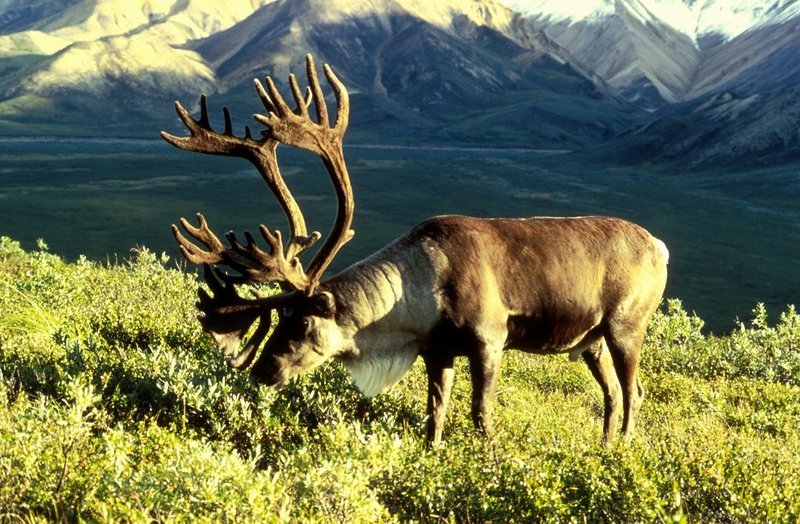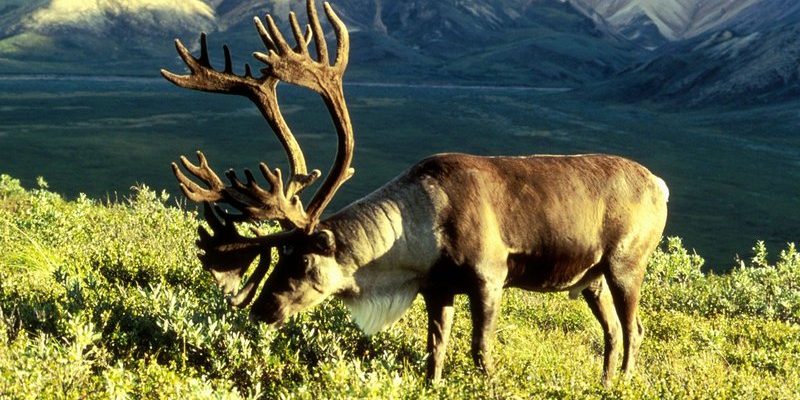
Imagine stepping into a vast, frosty realm where the ground is covered in a thick blanket of snow and the air is crisp and clear. This is where reindeer make their home! With their impressive adaptability, reindeer can survive in extreme environments that many other animals wouldn’t dare to inhabit. But it’s not just about enduring the cold; it’s about thriving in it. So, grab your hot cocoa, and let’s explore the fascinating habitat and distribution of these majestic animals.
Geographic Distribution of Reindeer
Reindeer inhabit regions across the Arctic and subarctic, spanning several countries that embrace the chill. Primarily, you’ll find them in Norway, Sweden, Finland, Russia, Greenland, and parts of Canada and the United States. Isn’t it amazing how these animals have adapted to live in such diverse locations?
Their range often depends on whether they are wild or domesticated. Wild reindeer typically migrate over vast distances, sometimes up to 1,500 miles, in search of food and more favorable climates. Domesticated reindeer, on the other hand, are found in smaller herds, usually managed by indigenous people like the Sámi in Scandinavia. It’s a striking contrast between the free-roaming and the settled lifestyle, and both are crucial to understanding where reindeer live.
You might be curious about how climate change impacts their distribution. As temperatures rise, the habitats that reindeer depend on are changing, leading to shifts in migration patterns. This is important because it affects their access to food sources like lichens, which are their primary diet during winter.
Types of Ranges: Tundra and Taiga
Reindeer thrive in two primary habitats: the tundra and the taiga. The tundra is the more well-known environment, characterized by vast, treeless plains, permafrost, and extreme cold. Picture a landscape where the sun barely rises in the winter months but shines for long hours during summer. This environment supports unique vegetation, primarily lichens, mosses, and some hardy shrubs, which reindeer rely on for sustenance.
On the other hand, the taiga, or boreal forest, features dense forests of coniferous trees. Here, reindeer find shelter and forage for food. The taiga offers more cover and a slightly milder climate due to its trees, making it a crucial habitat for reindeer during parts of the year.
Since reindeer are migratory, they move between these two types of ranges depending on the season. In summer, they tend to stay in higher elevations and tundra areas, while during winter, they venture into the taiga where they can find shelter and food under the snow.
Seasonal Migration Patterns
One of the most fascinating aspects of reindeer living is their seasonal migration. Each year, these animals embark on epic journeys that showcase their incredible instincts and adaptability. As winter approaches, they leave their summer grazing grounds in the tundra to seek out food hidden beneath the snow in the taiga.
This migration isn’t just a stroll in the park. Reindeer can travel up to 15 miles a day, and they rely heavily on their keen sense of smell to locate food buried beneath the winter landscape. Honestly, it’s like they have built-in GPS to help them navigate the snowy terrain!
During migration, reindeer also face challenges from predators and harsh weather. But their herding behavior helps protect them. They gather in large groups, which not only provides safety in numbers but also allows them to search for food more effectively. Being social animals, they communicate and work together to ensure their survival.
Adaptations to Cold Weather
You might wonder how reindeer manage to live comfortably in such freezing temperatures. Here’s the thing: they’ve got some incredible adaptations! First off, they have a thick coat of fur, which is both warm and waterproof. Their outer fur consists of long, hollow hairs that trap air and provide insulation. When it comes to enduring the cold, they’ve got it down to an art!
Their hooves are another fantastic adaptation. During the summer, reindeer have broader, spongy hooves that help them walk on soft ground and through marshy areas. In winter, their hooves become narrower and harder, allowing them to dig through snow to find food. It’s like they have the perfect shoes for every occasion!
Additionally, reindeer are unique among deer species as both males and females grow antlers. This helps them compete for food and also serves as protection against predators. It’s fascinating how every part of their anatomy is designed to help them survive in a challenging environment.
Human Impact on Reindeer Habitats
Over the years, human activities have significantly impacted reindeer habitats. As we make our mark on the environment, it’s essential to consider how our actions affect these remarkable animals. Urban development, logging, and climate change are just a few examples of challenges reindeer face in their natural habitats.
For instance, as forests are cleared for agriculture or development, reindeer lose essential feeding grounds. Climate change adds another layer of complexity, as rising temperatures can lead to unpredictable weather patterns, affecting food availability. This is crucial since reindeer rely on specific plants to survive during harsh winters.
Additionally, the encroachment of human settlements can disrupt migration routes. When reindeer can’t migrate as they’ve done for generations, it can lead to population declines and increased competition for food. The Sámi people, who have coexisted with reindeer for thousands of years, are particularly affected because their traditional ways of life are closely tied to the health of reindeer populations.
Conservation Efforts and Future Challenges
Given the challenges reindeer face, several conservation efforts are underway to protect their habitats and populations. Organizations around the world work to raise awareness about the importance of preserving these incredible animals and their ecosystems.
Efforts include protecting migratory corridors, restoring habitats, and promoting sustainable practices in indigenous communities. By respecting and supporting traditional ways of life, we can help mitigate some of the pressures reindeer face due to modern development and climate change.
Still, challenges remain. As temperatures continue to rise, conservationists must find innovative ways to protect these habitats. Collaborations among governments, local communities, and environmental organizations are essential to ensure that reindeer can continue to thrive in their natural homes.
The Importance of Reindeer to Ecosystems
Reindeer play a vital role in their ecosystems, contributing to the balance of the Arctic and boreal forests. They help maintain plant diversity by grazing on certain plants, which allows various species to flourish. This grazing pattern is critical, especially in winter when the landscape can become monotonous due to heavy snow.
Additionally, their migrations contribute to nutrient cycling. As they move, reindeer leave behind droppings that enrich the soil, promoting plant growth. This benefits not just their own species, but also countless other animals that rely on the vegetation in these regions.
In many indigenous cultures, including the Sámi, reindeer hold cultural significance. They symbolize resilience and connection to the land, which is why preserving their populations is essential for both ecological and cultural reasons. Reindeer are part of the story of life in the North, reminding us of the intricate ties that bind us to nature.
Reindeer truly embody the spirit of the Arctic, demonstrating incredible resilience in the face of challenges. Their unique habitats and distribution, shaped by natural and human influences, offer a glimpse into the wonders of our world’s ecosystems. By understanding and appreciating these magnificent animals, we can work together to protect their homes for generations to come.

